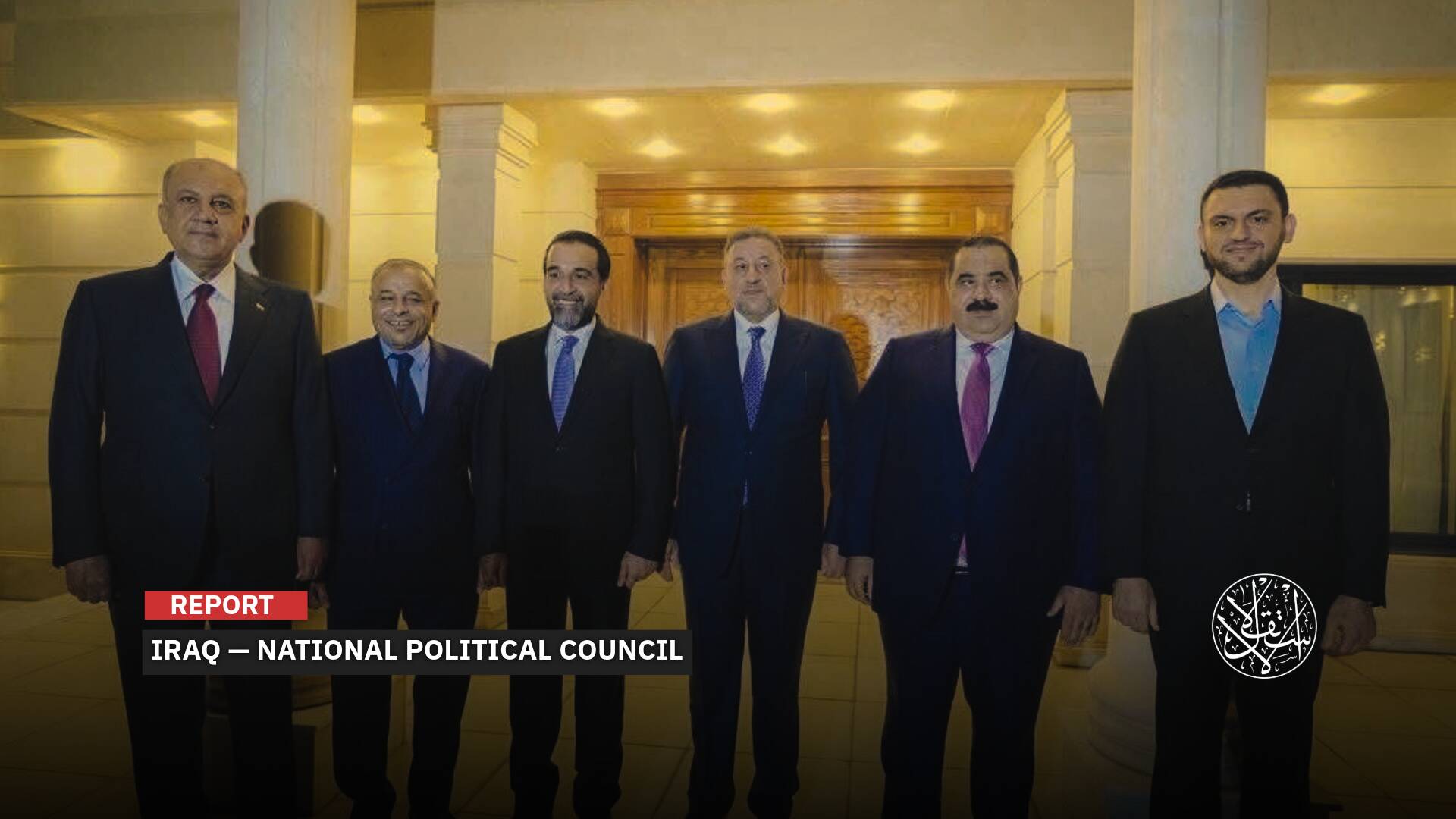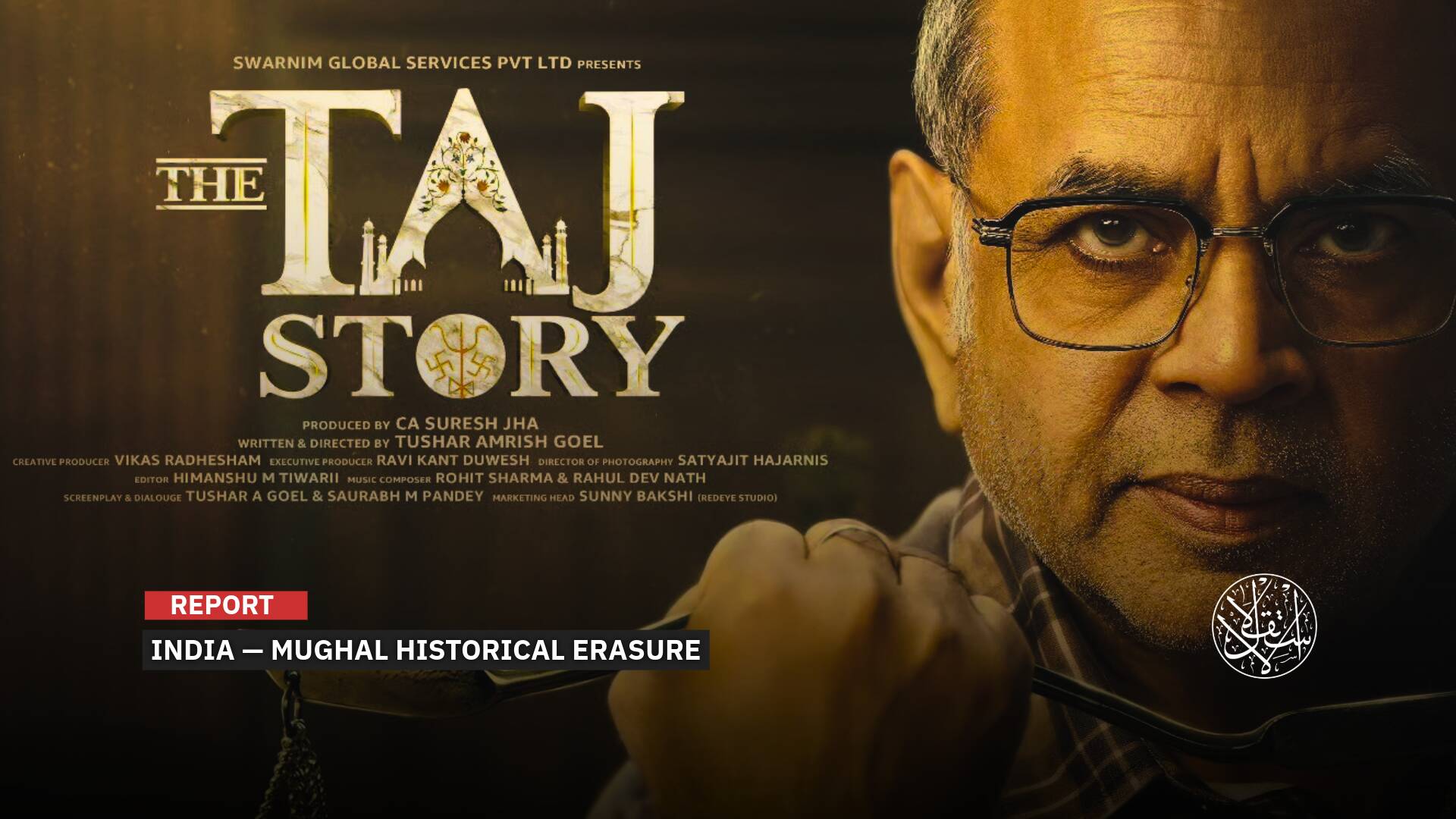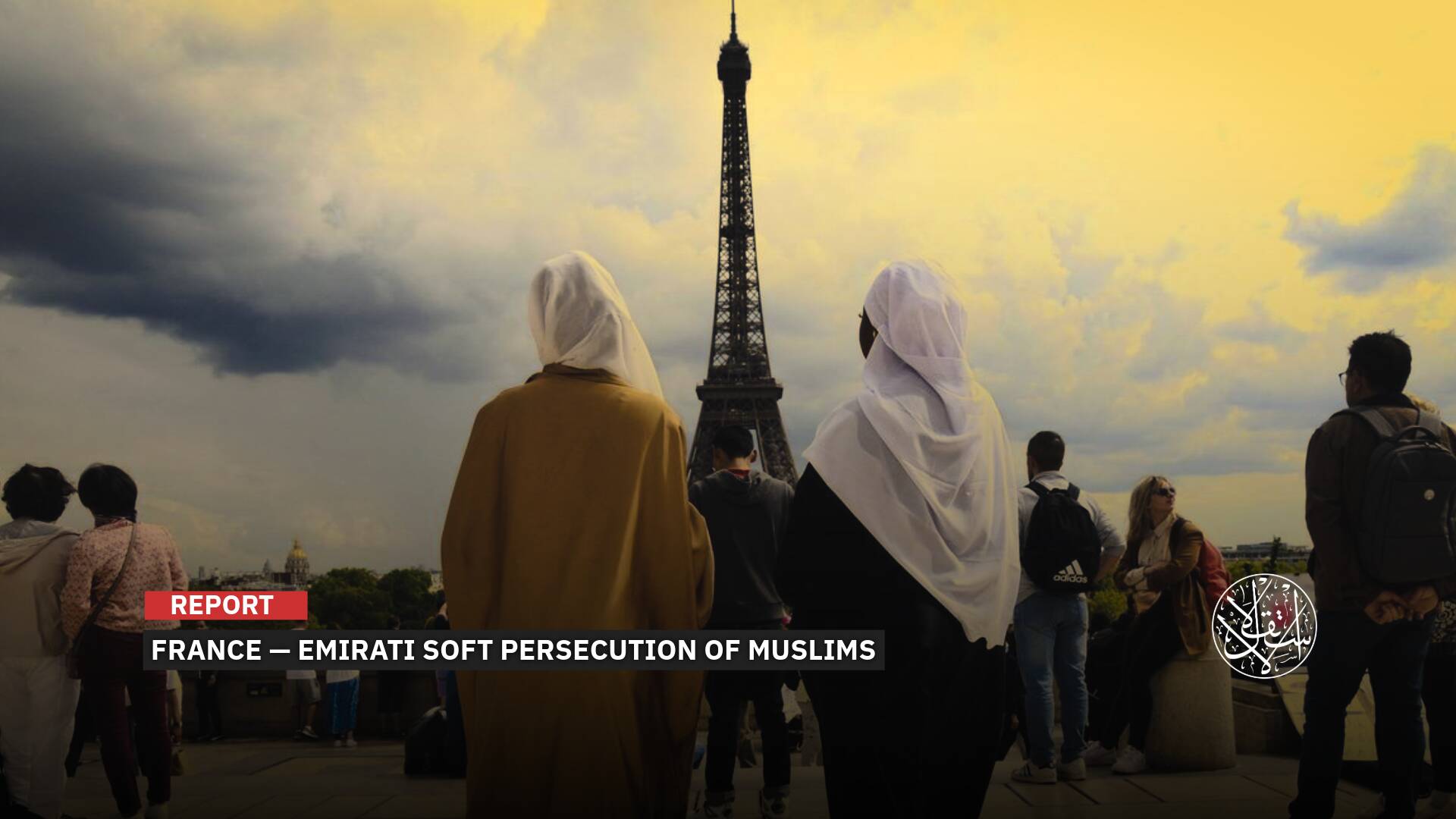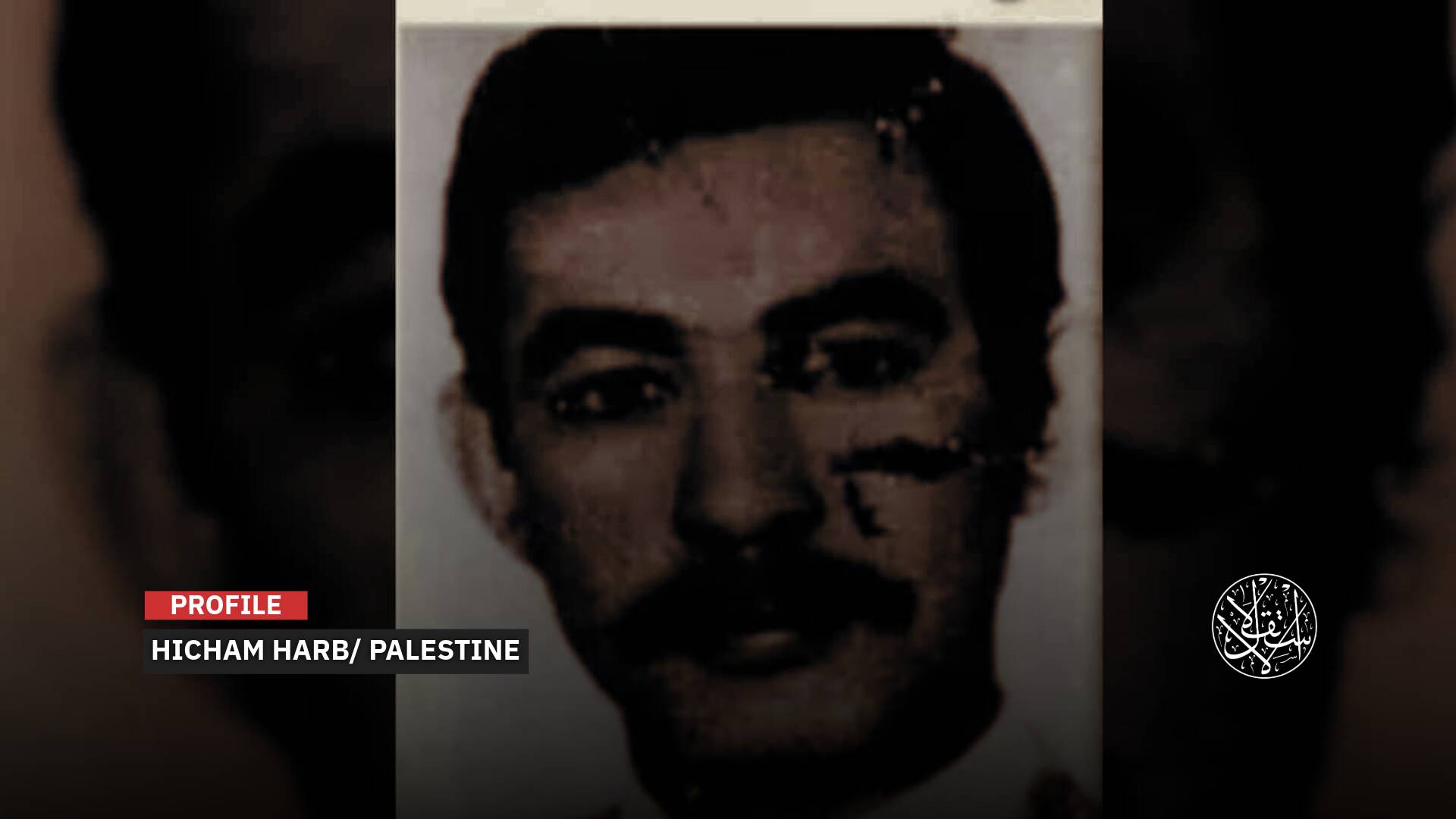This Is How Military and Police Extremists Directly Threaten Democratic Governance in the US

The army, police, and security officers, across the board, are meant to protect people against all kinds of danger and extremism. But what if those protectors are the extremists themselves? This is what erodes the American public’s trust in the institutions designed to keep the country safe.
The New York Times, in Extremists in Uniform Put the Nation at Risk, warned of the danger posed by extremists working in the US army, police, or law enforcement agencies to the country’s security, calling for urgent measures to be taken to enforce the law.
The newspaper presented several examples of killings and assaults carried out by those involved in the service or retired from the aforementioned agencies, noting that they join armed white extremist groups such as the Boogaloo movement, the Proud Boys, and the Oath keepers.
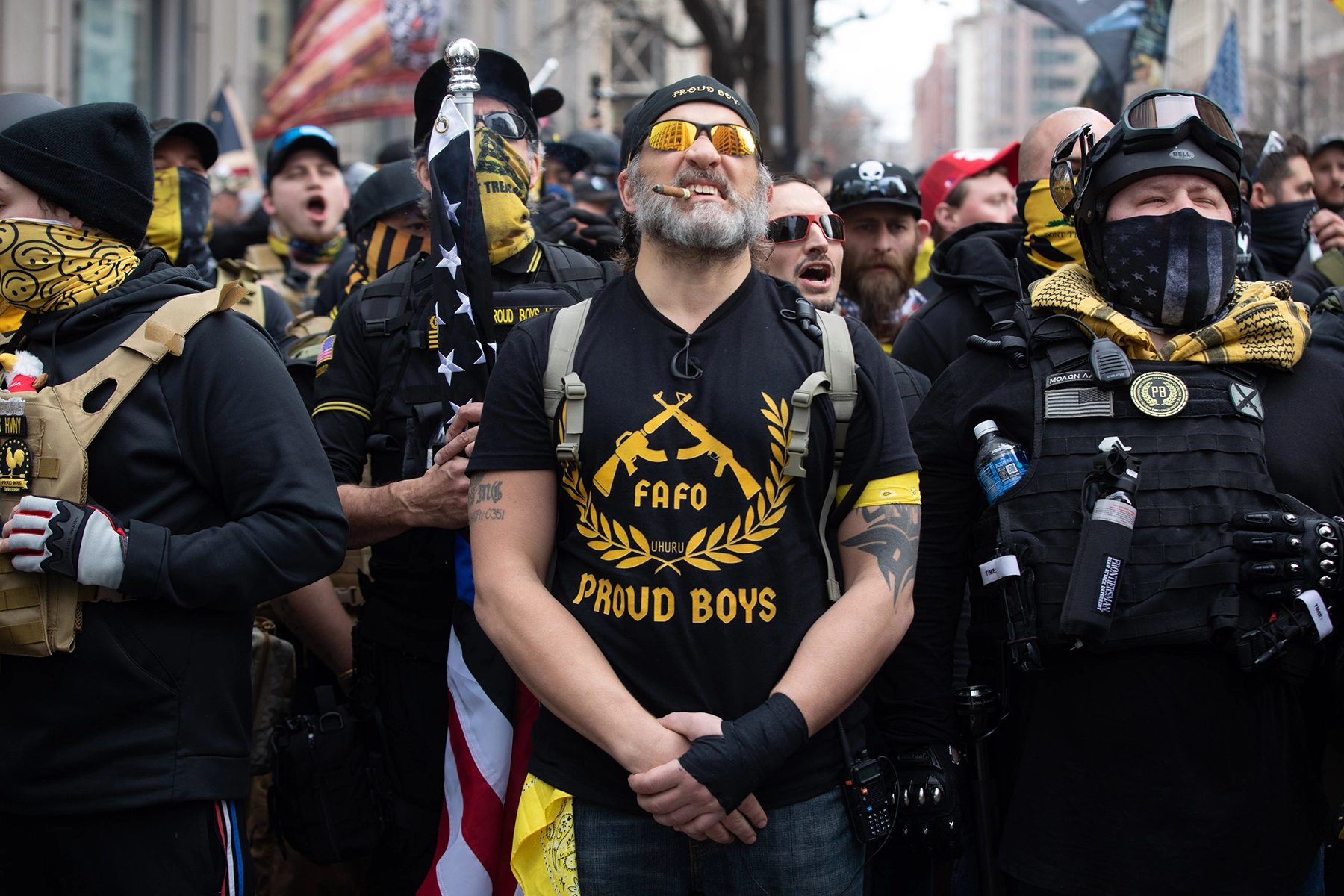
Extremism Among Security Forces
There has been a noticeable rise in political violence in America, like the harassment of election workers and public officials, the targeting of a Supreme Court justice, and the recent attack on the husband of the speaker of the House of Representatives, not to mention the attack on the Capitol on January 6, 2021.
The majority of political violence over the past years came at the hands of members of white supremacists or their extremist sympathizers and antigovernment groups.
The most disturbing fact about their movements is that veterans, active-duty military personnel, and law enforcement personnel represent high numbers in extremist groups.
The Anti-Defamation League Center on Extremism analysis revealed, last year, a leaked list of membership of the Oath Keepers, a violent paramilitary group involved in the January 6 attacks that recruits police officers and military personnel, that had more than 100 members of the military and 370 members of law enforcement.

Reuters conducted an investigation this year to find that many police trainers around the country, training hundreds of officers, belong to extremist paramilitary groups or previously expressed sympathy for their ideology.
One trainer posted on social media that government officials opposing Donald Trump should be killed and that the country was on the brink of civil war, according to NYT.
A recent The Marshall Project investigation concluded that hundreds of sheriffs are part of or sympathetic to the ideas of the constitutional sheriffs’ movement, which says that sheriffs are above state and federal law. The Anti-Defamation League describes the Constitutional Sheriffs and Peace Officers Association as an “antigovernment extremist group whose primary purpose is to recruit sheriffs into the antigovernment ‘patriot’ movement.”
For decades, the police departments, the Pentagon, and the Department of Veterans Affairs were aware of the problem, yet had only few successful operations in up-rooting extremists from their service.

A Direct Threat to US Democracy
The majority of Americans believe that this kind of violence is justified most of the time, and this greater tolerance has become “a threat to democratic governance,” as the NYT described.
Extremists and their sympathizers pushed Americans to have less trust in the institutions that were meant to protect the country. Extremists in uniforms can put at risk police investigations by leaking confidential information or giving falsified reports.
On the other hand, extremists in the military represent a threat to “good order and discipline.” Whereas in law enforcement, extremists, white supremacists in particular, pose a threat to the people they should protect, especially people of color.
NYT also mentioned extremists in federal agencies saying they “can compromise national security and make our borders even less secure,” noting that “protecting those institutions and the nation they serve demands urgent action.”

The Inspector General of the Ministry of Defense released a report this year confirming that the Pentagon was unable to determine the scope of the problem because the reporting systems it used were not interconnected, in addition to the lack of a clear understanding of what was banned.
The report concluded that the ministry cannot fully implement policies and procedures to address extremist activity without clarifying the definitions of extremism, extremist, active advocacy, and active participation.
Attempts to Root Out Extremism
There are extremist officers who have been fired for their racist actions. However, their treatment is often uneven; why?
In fact, Americans are free to think and believe in what they like, and no one has the right to prevent them from doing so. For instance, a New York prison guard of a right-wing hate group was fired this year, not just for belonging but also for trying to smuggle hate cards into the prison. This may be a worthy example to imagine to what extent ideology can move to actions that can be addressed by law or regulation.
Unfortunately, recent attempts to root out extremism have not been that fair. A police officer in Chicago was discovered to have had relations with the Proud Boys. He was given only a four-month suspension but was not fired.
NYT told the story of a police officer in Massachusetts who resigned after he was found to have been involved in the Unite the Right rally in Charlottesville, Virginia, last month. “The district attorney announced an investigation into all closed and pending cases he had worked on,” according to the newspaper.

There are nearly 18,000 law enforcement agencies in the US, and coordinating efforts among them has been very difficult.
Federal standards on how to deal with extremism would go a long way in order to harmonize law enforcement’s response. However, there is a need for urgent changes that would require both local attention to detail and the political will to do so, in addition to staffing law enforcement with people who believe in the rule of law, rather than rule by force.
To sum up, NYT quoted one congressional staff member working on homeland security as saying: “People have to decide this is a priority. We can’t legislate hearts and minds.”


